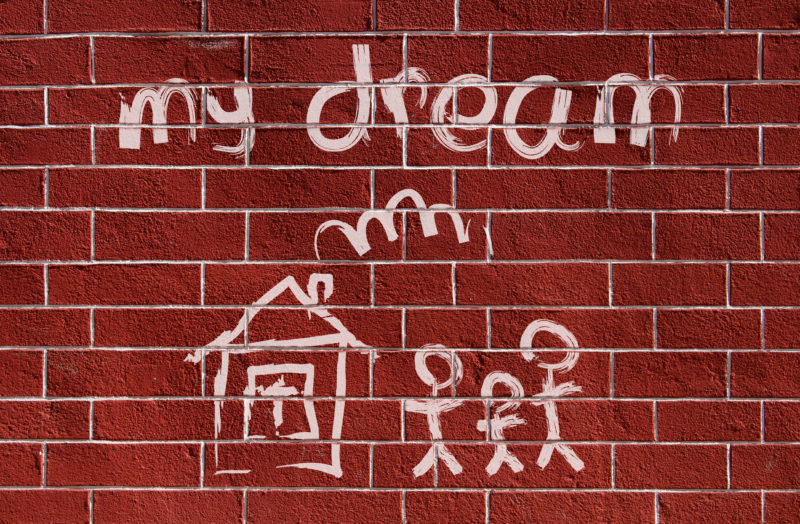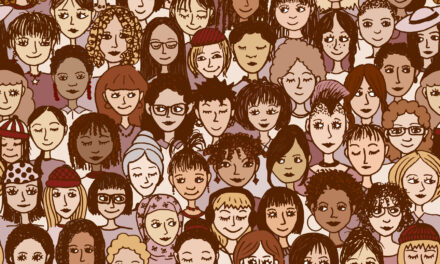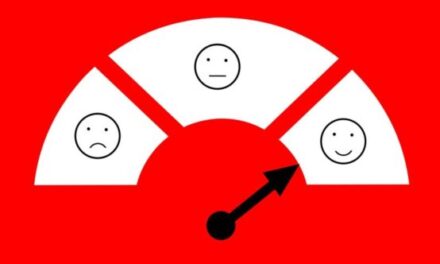The number of homeless students has increased by 7% over the last three years, according to the National Center for Homeless Education. In the 2016-17 school year, more than 1.3. million U.S. students were identified as homeless.
Who are these students? The largest numbers of homeless students are in kindergarten through 3rd grade, although the number of homeless students in the early grades is on the decline. That decline is offset by the increasing number of homeless students in grades 9-12.
Twenty states saw an increase of 10% or more in the number of homeless students, with nine states showing an increase of 20% or more. Only seven states experienced a 10% reduction in their student homeless population.
The percentage of students who have disabilities (18.2%), are English learners (16%), or are unaccompanied youth (8.7%) increased slightly over the last three years, while the percentage who are migrants (1.2%) decreased slightly.
Where are these students living? Most (76%) of homeless students are in doubled-up housing arrangements, meaning that they are living with other families because of a loss in housing. Other homeless students are staying in shelters and transitional housing (14%) or in hotels/motels (6%) or are without shelter (4%).
Source: National Center for Homeless Education. (2019, February). Federal data summary, school years 2014-15 to 2016-17: Education for homeless children and youth. Greensboro, NC: Author.










